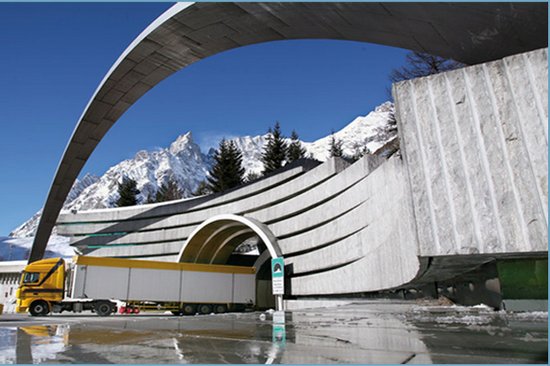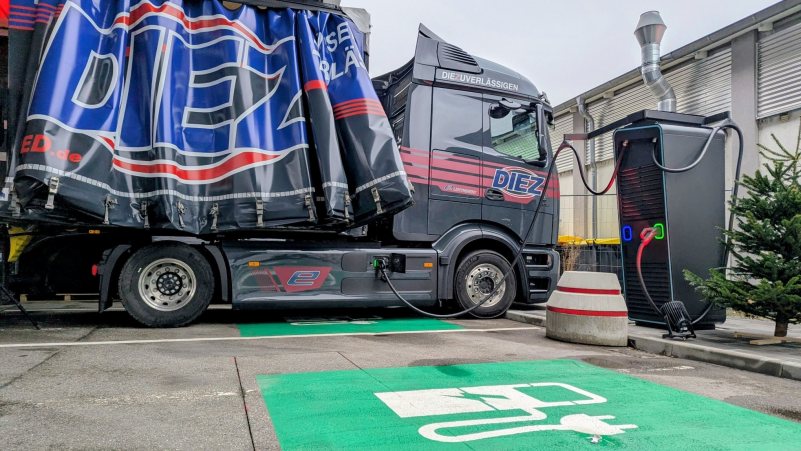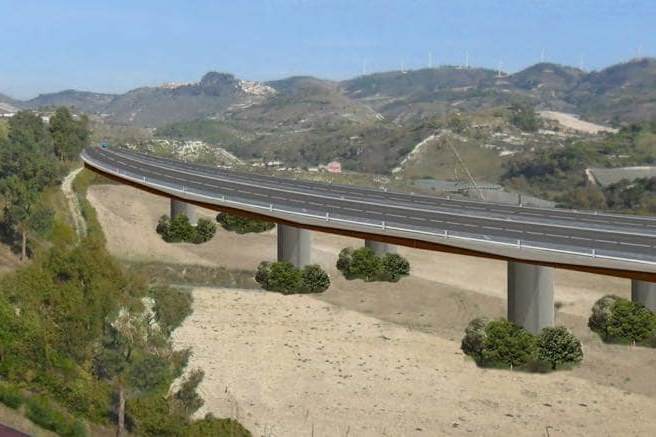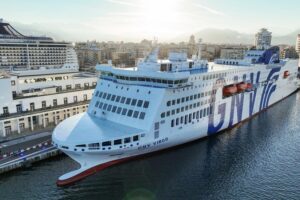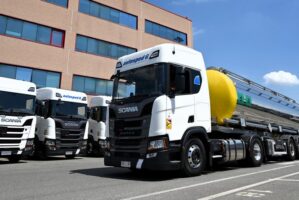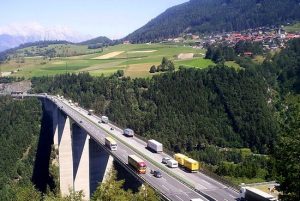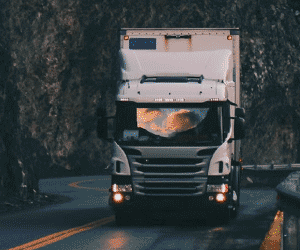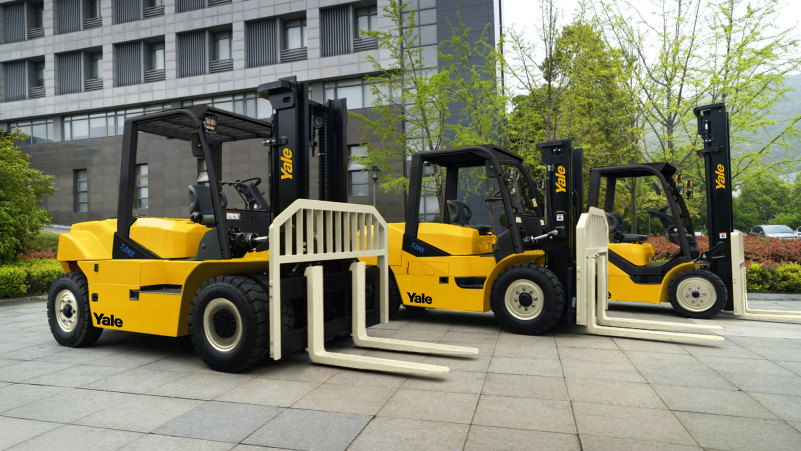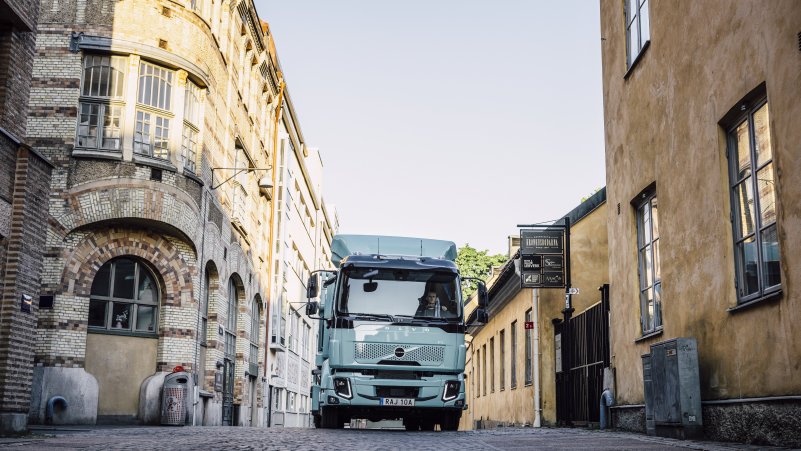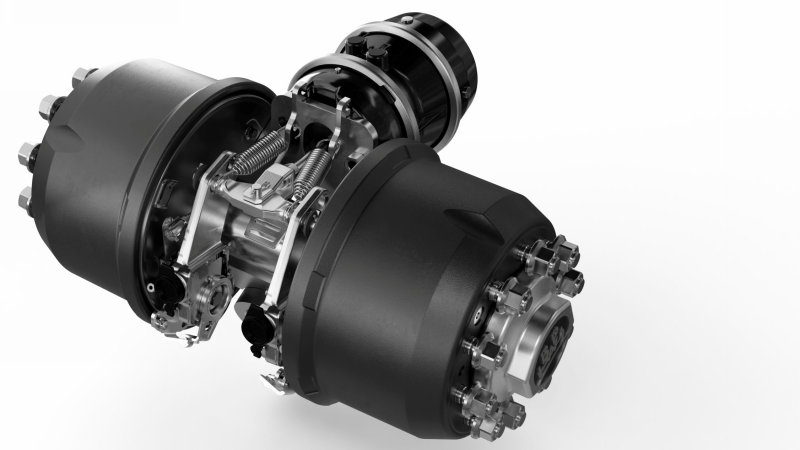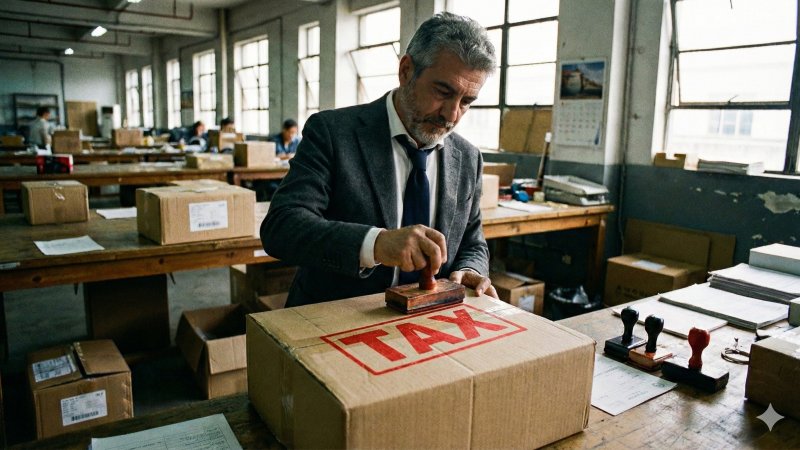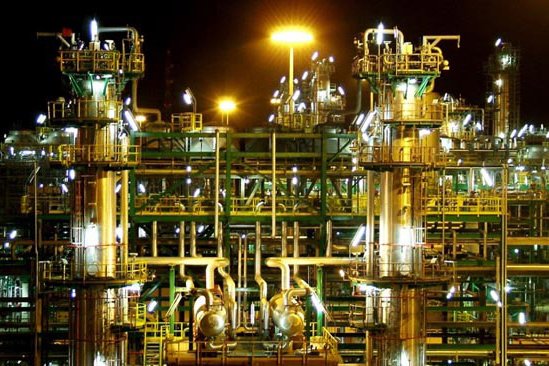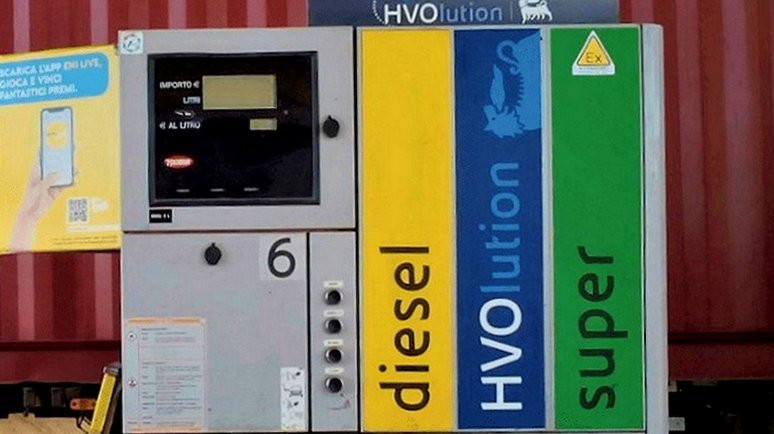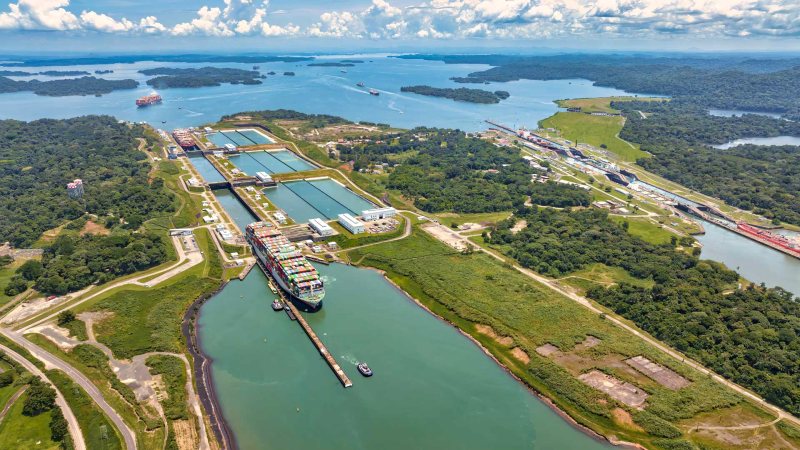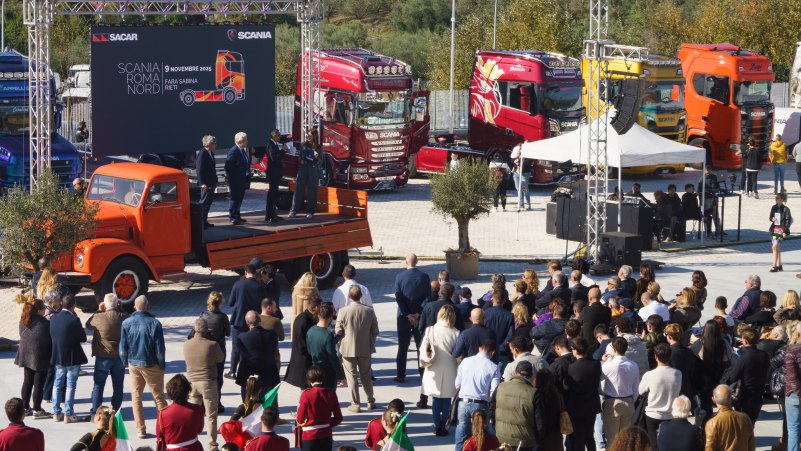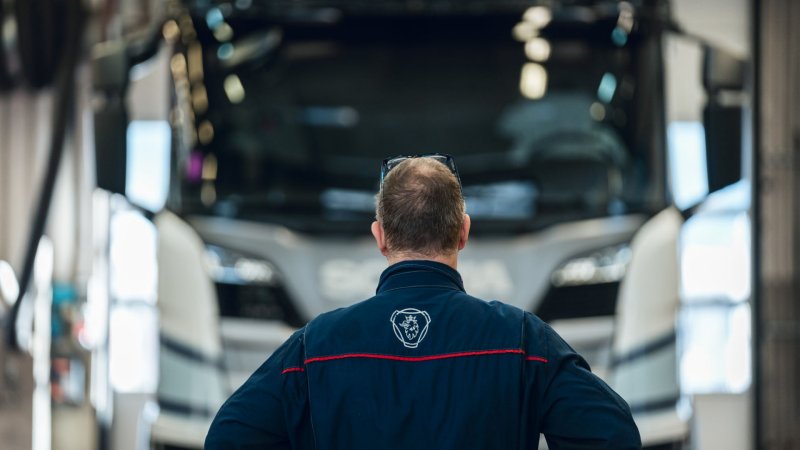Starting in 2025, new restrictions on commercial vehicle transit will come into effect along the Brenner corridor due to extensive maintenance work on Austria’s Lueg Bridge. To estimate the economic impact of these limitations, Uniontrasporti conducted a study presented on November 4, 2024, at the Chamber of Commerce in Bolzano. The study assesses various scenarios, with projected cost increases ranging from €174 million to €640 million. This increase stems from the additional time required for goods and people traveling between Italy and destinations beyond the Alps.
Antonello Fontanili, Director of Uniontrasporti, explains, “The Brenner’s natural transit capacity has already been reduced by over 50% in recent years due to Austrian policies, against which our government has long protested. Further restrictions due to the Lueg Bridge maintenance will worsen the situation, negatively impacting both tourism and trade flows. This may lead to numerous partners terminating contracts and business relations with our companies, with the risk that these relationships may not resume even once the work is completed.”
Uniontrasporti suggests specific measures to mitigate the consequences of these interventions: keeping two lanes open on the bridge year-round and suspending the night-time ban on commercial vehicle transit at least during the maintenance period. “Such measures would ensure smoother, safer, and more evenly distributed traffic flow throughout the day, with positive environmental impacts as well,” Fontanili adds. Additionally, an extended and enhanced “rolling highway” up to Trento could help alleviate traffic pressures.
The study’s first scenario assumes a 50% reduction in the Brenner highway’s transit capacity, with only one lane available in each direction. While this compromise avoids a full closure, it would significantly impact freight transport. Approximately 90% of commercial traffic would remain on the highway, but with longer transit times and increased operational costs, estimated at €93.5 million per year.
The remaining 10% of heavy traffic would be diverted to other Alpine routes, such as the Gotthard, San Bernardino, and Tarvisio passes, leading to additional costs and logistical challenges, especially considering Switzerland’s high commercial transit taxes. The Brenner railway would see a slight 4% increase in freight traffic, but the line’s limited capacity restricts any major shift from road to rail transport.
The second scenario, the worst-case, envisions a complete closure of the Brenner highway, with an additional ban on the B182 state road for heavy vehicles. Under this scenario, most commercial traffic would be redirected to the Tarvisio, Gotthard, and San Bernardino routes, facing substantial increases in travel time and costs. High Swiss transit taxes and extended distances would further burden companies, with an estimated cost of €327.3 million per year for the freight transport sector alone.
The shift of traffic to the Brenner railway would increase, but the line, already nearing saturation, would struggle to efficiently handle the additional demand. Light vehicles would likely spill over onto secondary roads like the B182, which is not designed to support such high traffic volumes, creating additional challenges for local residents.



